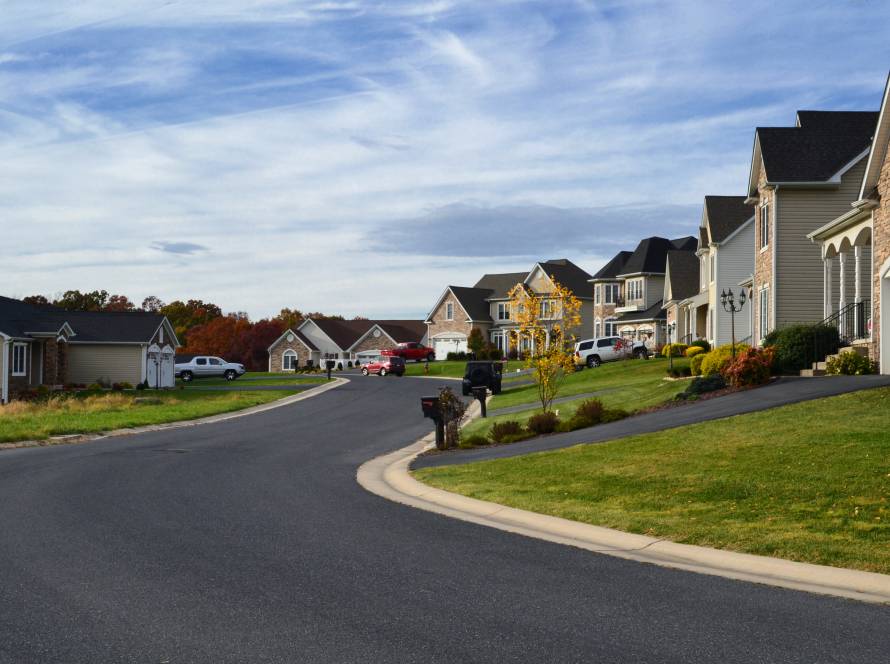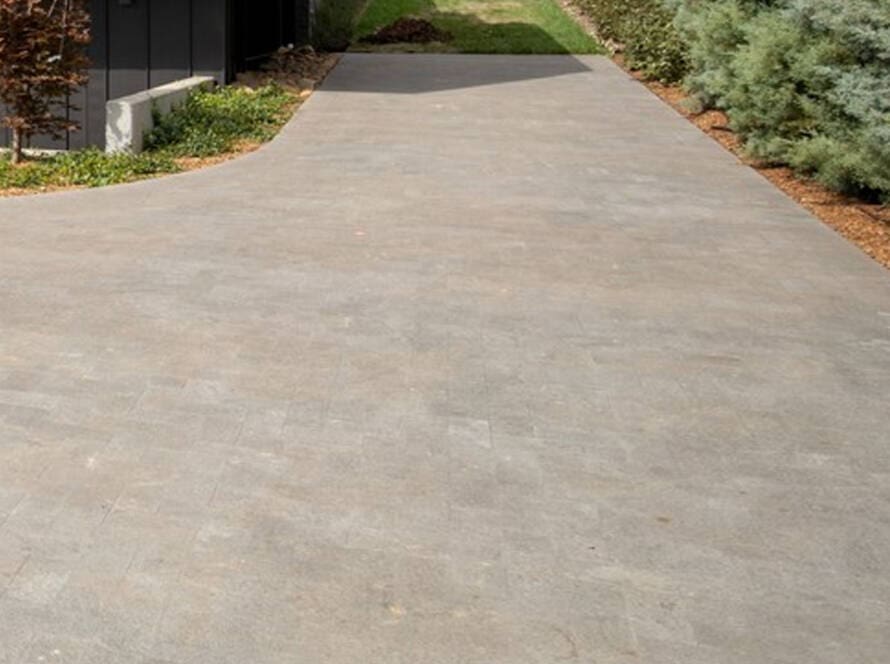Erosion on a sloped driveway can lead to significant damage over time, causing cracks, potholes, and structural instability. For example, gravel driveways are vulnerable to erosion, which can worsen over time due to runoff from rain. Preventing erosion is essential to maintaining the integrity and longevity of your driveway. Without proper erosion control, these driveways can become uneven, potentially causing vehicle damage or accidents.
Here are several effective strategies to help you prevent erosion on a sloped driveway:
1. Install Proper Drainage Systems DRIVEWAY:
Water is the primary cause of erosion on sloped driveways. Installing appropriate drainage systems is critical to divert water away from your driveway. Options include trench drains, French drains, and swales:
- Trench Drains: These are installed across the driveway to capture and redirect water flowing down the slope. The trench is typically filled with gravel and a perforated drainpipe, leading water away from the driveway.
- French Drains: Ideal for managing water that flows from adjacent slopes onto the driveway, French drains are trenches filled with gravel that channel water away from the driveway.
- Swales: These are shallow, grass-covered ditches that run parallel to the driveway, guiding water downhill without causing erosion.
2. Use Permeable Pavers
Replacing your existing driveway surface with permeable pavers can significantly reduce erosion. Permeable pavers allow water to seep through the surface and into the soil below, rather than running off and causing erosion. This solution is particularly effective for gravel driveways, where pavers can also help prevent gravel from washing away.
3. Terracing and Retaining Walls
For steep driveways, terracing and retaining walls can be effective in controlling erosion. Terracing involves creating stepped levels along the slope, which slows down water flow and reduces erosion. Retaining walls provide additional support by holding back soil and creating flat areas that can be landscaped or left as is. Both methods help to stabilise the slope and prevent soil and gravel from washing away.
4. Apply Erosion Control Fabrics
Erosion control fabrics, such as geotextiles, can be placed under gravel or soil to prevent it from being washed away. These fabrics are permeable, allowing water to pass through while keeping the soil in place. They are particularly useful when combined with other erosion control methods like terracing or the installation of pavers.
5. Regular Driveway Maintenance
Consistent driveway maintenance is key to preventing erosion. Regularly check your driveway for signs of wear, such as cracks or areas where water pools. Seal any cracks promptly and consider applying a sealant to the entire surface to protect it from water infiltration. Keeping gutters and downspouts clear and directing them away from the driveway also helps in reducing water-related erosion.
6. Landscaping Solutions
Planting ground cover plants, shrubs, or grass along the sides of your driveway can help to absorb water and reduce runoff. The roots of these plants stabilise the soil, making it less prone to erosion. Additionally, consider planting in swales or terraced areas to further control water flow and prevent erosion.
Preventing erosion on a sloped driveway requires a combination of good planning, proper drainage, and ongoing maintenance. By implementing these strategies, you can protect your driveway from erosion, extending its lifespan and maintaining its appearance and functionality.




